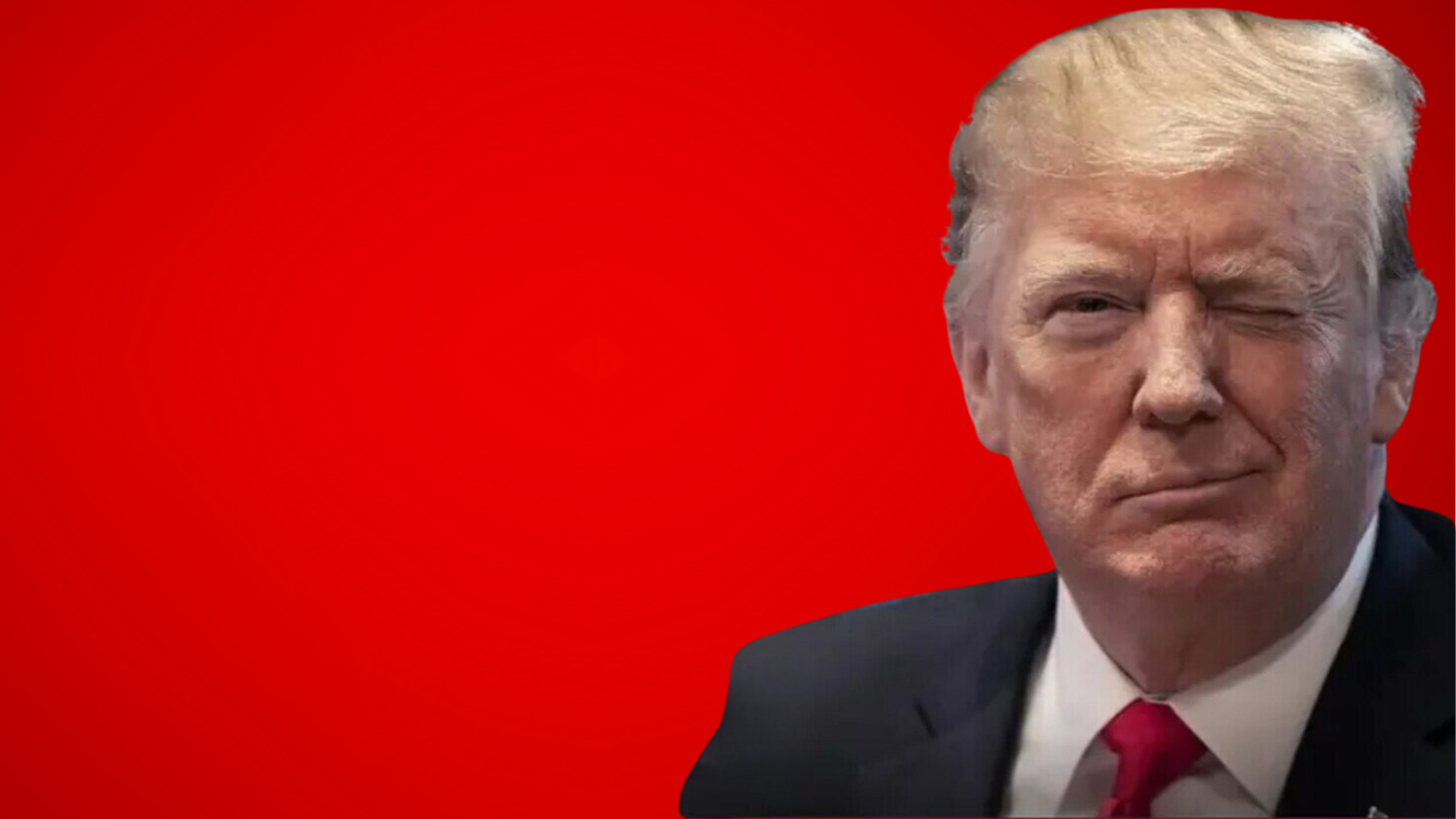Are you scared of tariffs?
Has the “MSM” brainwashed you into thinking prices of everything are going to skyrocket?
You might be surprised to learn [sarcasm alert] that the “MSM” lied to you again.
In fact, at this point I don’t know why people don’t just take the inverse of whatever the MSM says and just assume that’s the truth. Because it works every time.
If you want to know exactly what life will be like with the Trump Tariffs, just watch this:
Here's EXACTLY What Life Will Be Like With Trump Tariffs (Spoiler alert: it's REALLY good!) pic.twitter.com/jWItCPtpXx
— Noah Christopher (@DailyNoahNews) February 3, 2025
FULL TRANSCRIPT:
So I see a lot of people flipping out because the tariffs are getting ready to go in.
ADVERTISEMENTI saw some guy panicking on here, saying, “Okay, tariffs move us closer to cancellation—potential cancellation of an income tax—and it would be one of the most robust growth strategies to the United States economy that anybody can imagine.”
Now, if you’re worried about tariffs, please understand that 44 percent of the tariffs are actually absorbed by the exporter.
And if you’re worried about runaway prices, okay, let me show you.
I’ll just show you.
Now I even went to a left-leaning source—CNBC—so that nobody can call me biased.
Trump’s proposed tariff increase would boost inflation by nearly one percent, Goldman Sachs estimates.
This calculation includes a 10 percent tariff on China and a 25 percent tariff on Canada and Mexico, resulting in roughly a one percent increase in inflation.
So think about this, okay?
Because advancing a pro-tariff policy moves us closer and closer to being able to cancel income taxes.
Visualize this for your life: inflation goes up one percent.
A three-dollar item now costs three dollars and three cents.ADVERTISEMENTBut because we’ve advanced tariffs, the net exporters taking advantage of us in trade deals are absorbing a lot of the tax.
That’s why you generally only see a one percent increase—even with 10 percent on China and 25 percent on both Mexico and Canada.
If we can raise our tariffs—which we’re going to do because we’re done being taken advantage of—this change is happening whether or not anybody wants it.
With a raise in tariffs and a subsequent decrease in government spending of two trillion dollars based on current GDP and economic levels, that would require 0 percent income taxes.
So this is what your life could look like once the plan is done:
A robust economy with runaway employment, a three-dollar item costing you three dollars and three cents, and you’re not subject to income taxes any longer.Is your life better or worse?
I know a lot of people hate Trump, but this is the trajectory we are on—and he reaffirmed it again today.
Have a great day, everybody.
ADVERTISEMENT
Here is a portion of that CNBC report:
The latest tariff proposal from President-elect Donald Trump would likely put upward pressure on inflation in the United States, according to Goldman Sachs.
On Monday, Trump said on social media site Truth Social that he would impose an additional 10% tariff on goods from China and a 25% duty for Canada and Mexico. Goldman’s chief economist, Jan Hatzius, said in a note that the proposed levies would result in a notable increase for consumer prices in the U.S..
“Using our rule of thumb that every 1 [percentage point] increase in the effective tariff rate would raise core PCE prices by 0.1%, we estimate that the proposed tariff increases would boost core PCE prices by 0.9% if implemented,” Hatzius said.
“PCE” refers to the personal consumption expenditures price index, which is the preferred inflation reading of the Federal Reserve.
A tariff-linked increase in core PCE could scramble the calculations around Fed rate cuts. The October PCE reading is due out Wednesday, and it’s expected to show a year-over-year increase of 2.8% for the core, according to economists surveyed by Dow Jones. In other words, inflation is still above the Fed’s target of 2%, and the tariffs could widen that gap.
Traders have been dialing back their expectations for Fed rate cuts in 2025, though it is unclear how much of that is due to election results versus a resilient U.S. economy. Fed Chair Jerome Powell has said the central bank will consider the impact of tariffs and other fiscal policy changes on the direction of inflation once the details become clear.
Here’s EXACTLY What Life Will Be Like With Trump Tariffs (Spoiler alert: it’s REALLY good!) pic.twitter.com/jWItCPtpXx
— Noah Christopher (@DailyNoahNews) February 3, 2025




Join the conversation!
Please share your thoughts about this article below. We value your opinions, and would love to see you add to the discussion!